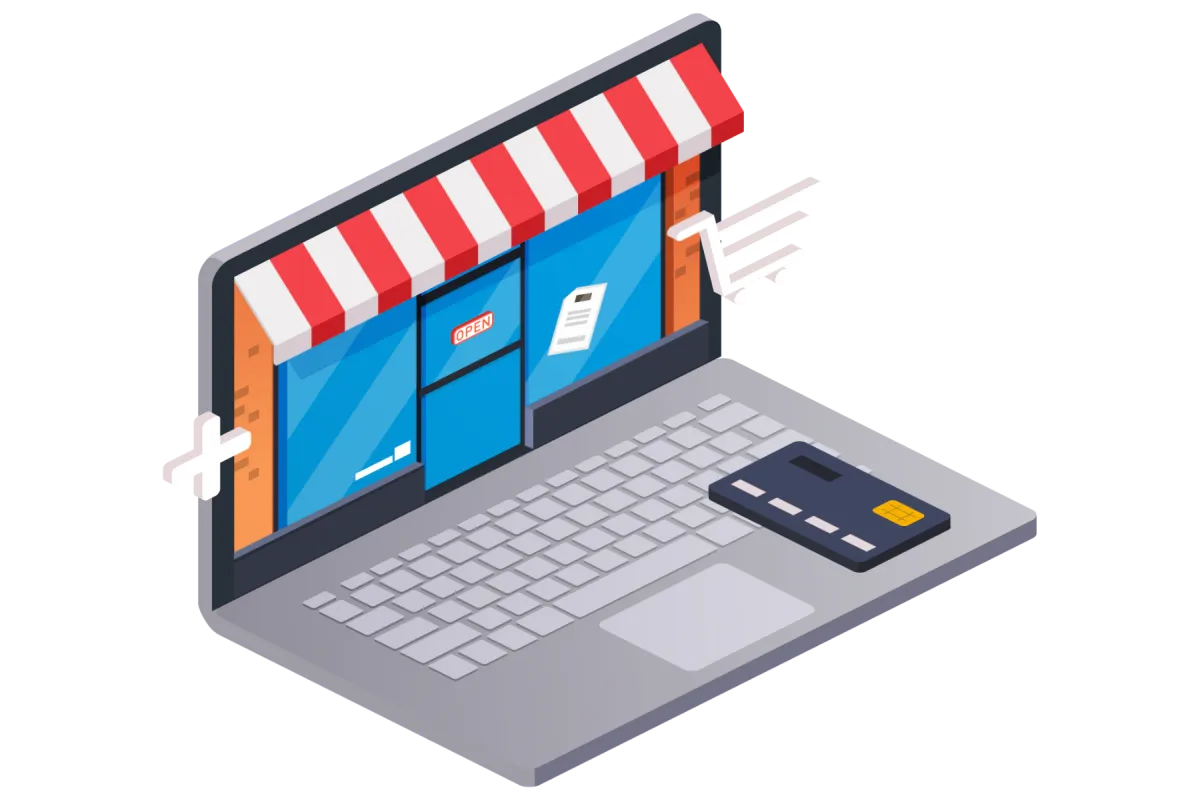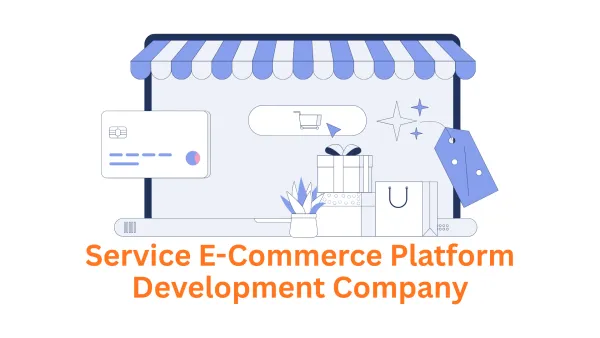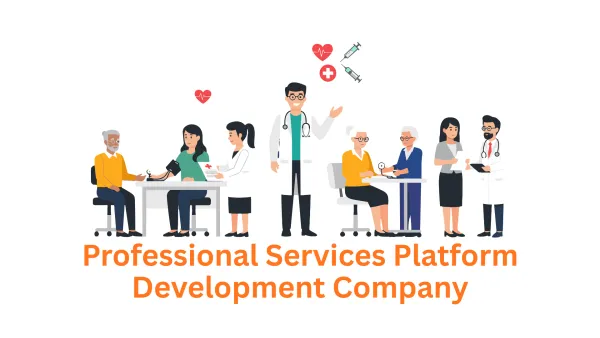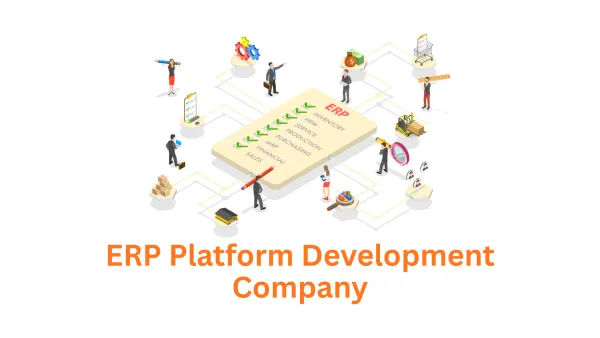Your Ultimate Guide to Building a Successful E-commerce Website

The e-commerce boom is showing no signs of slowing down. Whether you're a seasoned entrepreneur or just starting out, having a well-designed online store is crucial to reaching customers and driving sales. Building your own e-commerce site may seem daunting, but with the right guidance and tools, it's entirely achievable.
Step 1: Define Your E-commerce Niche and Target Audience
- Niche: What specific products or services will you offer?
- Target Audience: Who are your ideal customers? What are their needs and preferences?
Understanding your niche and target audience helps you tailor your website's design, marketing, and product selection for maximum impact.
Step 2: Choose Your E-commerce Platform
Several platforms cater to different needs and budgets:
- Hosted Platforms: (Shopify, BigCommerce, Wix) Easy to use, great for beginners, but less customizable.
- Self-Hosted Platforms: (WooCommerce, Magento) More flexibility and control, but require technical knowledge.
Consider factors like ease of use, scalability, features, and cost when choosing your platform.
Step 3: Secure Your Domain Name and Hosting
- Domain Name: Choose a memorable and relevant name that reflects your brand.
- Hosting: Select a reliable hosting provider that offers speed, security, and scalability.
Your domain name is your online address, while hosting is where your website's files live.
Step 4: Design Your E-commerce Store
- Theme: Choose a visually appealing and user-friendly theme that aligns with your brand.
- Customization: Personalize your website with your logo, colors, fonts, and images.
- Navigation: Make it easy for customers to find products and information.
A well-designed website creates a positive first impression and encourages customers to browse and buy.
Step 5: Add Your Products
- High-Quality Images: Use clear, professional photos that showcase your products from multiple angles.
- Compelling Descriptions: Write informative and persuasive product descriptions.
- Pricing: Set competitive prices that reflect the value of your products.
Your product listings are the heart of your e-commerce store, so make them shine.
Step 6: Set Up Payment and Shipping Options
- Payment Gateways: Integrate secure payment gateways (e.g., PayPal, Stripe) to accept various payment methods.
- Shipping Methods: Determine shipping rates and options (e.g., flat rate, free shipping) based on your product types and target locations.
Make the checkout process smooth and convenient for your customers.
Step 7: Market Your E-commerce Website
- SEO: Optimize your website for search engines to increase visibility.
- Social Media: Promote your products on social media platforms.
- Email Marketing: Build an email list and send targeted promotions.
- Paid Advertising: Consider running ads on search engines and social media.
A well-executed marketing strategy can drive traffic and sales to your e-commerce store.
Expert Tip: Consider partnering with an experienced e-commerce website design and development company like Associative. They can handle the technical aspects, allowing you to focus on growing your business.
Conclusion
Building a successful e-commerce website takes time, effort, and planning. But with the right approach and resources, you can create a thriving online store that reaches customers worldwide and generates revenue.
To learn more, consider reading other articles, blogs, and stories in this area.
Best Ecommerce Website Design & Development Company
Top Ecommerce Website Design & Development Companies
How to Create an E-commerce Website
Essential Tech Stack: Building a Powerful E-commerce Website
Your Essential Guide to Creating a High-Converting eCommerce Website
Building an e-commerce website? Explore the top platforms, tools, and technologies
Essential Tech Stack for Building a Powerful eCommerce Website




